Carbide plate thickness is an essential factor in various industrial applications, offering exceptional strength, wear resistance, and durability. Whether you’re a seasoned professional or a newcomer exploring 超硬プレート, this guide will delve into every detail, from raw materials to selecting the best supplier. Ready to dive in? Let’s go!
What is Carbide Plate Thickness?
Carbide plates are engineered materials made of tungsten carbide powders combined with a binder metal like cobalt. These plates are widely used across industries like machining, mining, and tool manufacturing. The thickness of a carbide plate significantly impacts its performance, dictating its strength, durability, and suitability for specific applications.
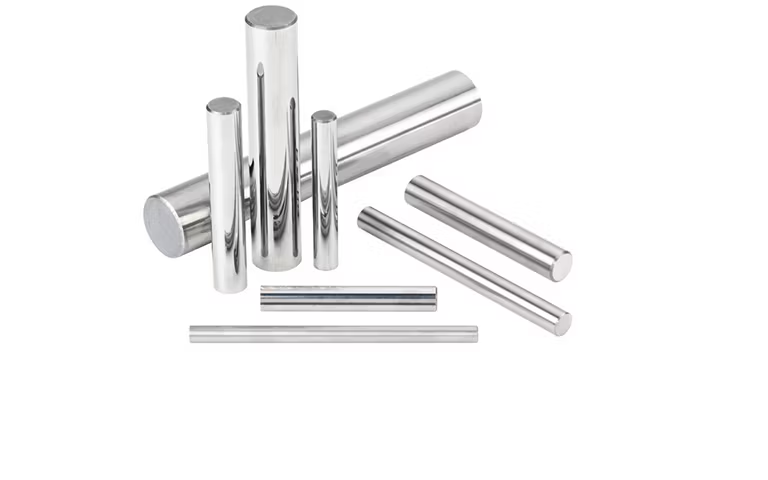
Types of Carbide Plate Thickness
| タイプ | Thickness Range (mm) | 一般的なアプリケーション |
|---|---|---|
| Ultra-Thin Plates | 0.5 – 1.0 | Precision tools, watches |
| 薄い板 | 1.1 – 3.0 | Cutting tools, wear plates |
| 標準プレート | 3.1 – 10.0 | Mining, industrial tooling |
| 厚板 | 10.1 – 25.0 | Heavy-duty machinery |
| Ultra-Thick Plates | 25.1 – 50.0+ | Structural reinforcements |
原材料と成分分析
超硬プレート are primarily made from tungsten carbide (WC) and a binder metal like cobalt (Co). The mixture typically contains:
- Tungsten Carbide (70%-97%):硬度と耐摩耗性を提供。
- Cobalt (3%-30%): Acts as a binder, adding toughness and flexibility.
- その他の添加物: Titanium carbide (TiC) or tantalum carbide (TaC) for specific properties like corrosion resistance.
This blend ensures carbide plates have the perfect balance of hardness, toughness, and performance longevity.
Applications of Carbide Plate Thickness
| 申し込み | 産業 | Benefits of Specific Thickness |
|---|---|---|
| 切削工具 | 製造業 | Precision, wear resistance |
| Dies and Molds | 自動車 | Durability under high stress |
| ウェアパーツ | 鉱業 | Resistance to abrasion and impact |
| Structural Components | 建設 | Strength for load-bearing applications |
| 精密機器 | 航空宇宙 | Minimal deformation, high accuracy |

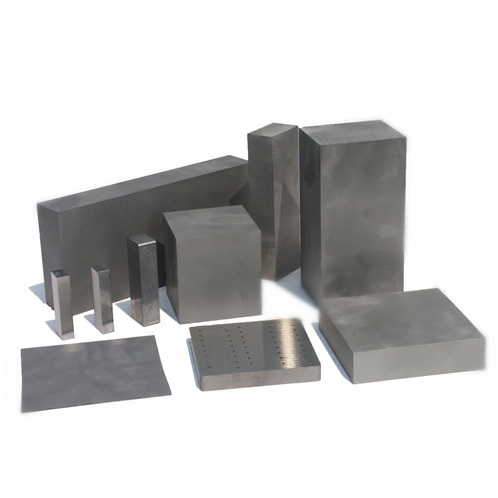

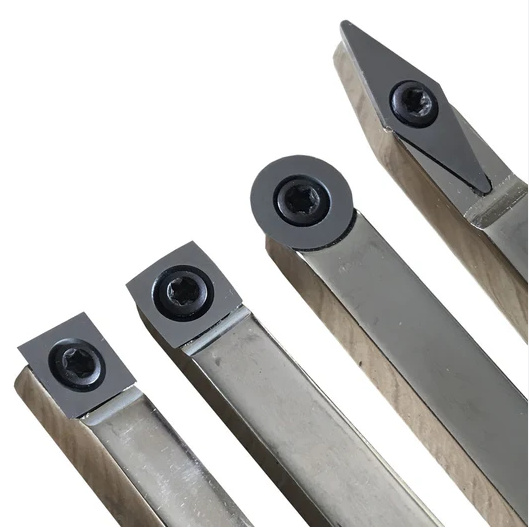
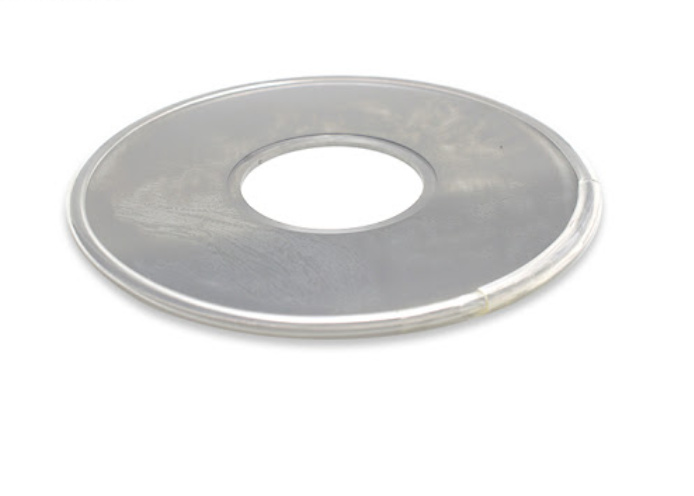
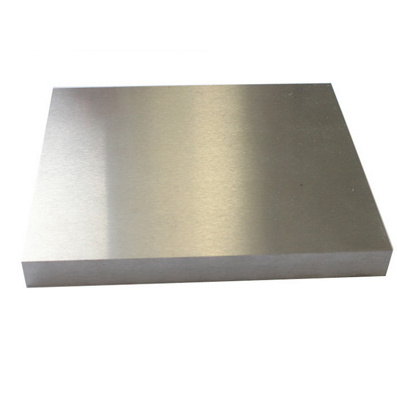
Production Process Flow of Carbide Plate Thickness
Creating 超硬プレート is a meticulous process that involves several steps:
- 粉体混合: Tungsten carbide powder is mixed with a binder (cobalt) and other additives.
- プレス: The powder mixture is compressed into the desired shape and thickness.
- 焼結: The pressed plates are heated at high temperatures to achieve density and strength.
- 表面仕上げ: Grinding and polishing improve the plate’s surface for enhanced performance.
- 品質テスト: Plates are tested for hardness, strength, and dimensional accuracy.
Material Properties of Carbide Plate Thickness
| プロパティ | 説明 |
|---|---|
| 硬度 | High resistance to deformation |
| 耐摩耗性 | Exceptional durability against friction |
| 圧縮強度 | Handles high pressure and stress loads |
| 熱伝導率 | 効率的な放熱 |
| 耐食性 | Resistant to chemical attacks |
組成、特性、特徴
| 構成 | プロパティ | 特徴 |
|---|---|---|
| WC + Co (High WC) | 極度の硬度 | Ideal for wear parts |
| WC + Co (High Co) | タフネスの向上 | Suitable for heavy impacts |
| WC + TiC/TaC | 耐食性 | Great for chemical environments |
| Fine-Grain WC | 表面仕上げの向上 | Used in precision tooling |
| Coarse-Grain WC | 優れた耐摩耗性 | Used in heavy-duty applications |
硬度、強度、耐摩耗性
| パラメータ | レンジ | Relevance to Thickness |
|---|---|---|
| 硬度(HRA) | 85 – 93 | Higher thickness often reduces hardness |
| 圧縮強度 | 2000 – 4000 MPa | Directly proportional to plate thickness |
| 耐摩耗性 | 素晴らしい | Consistent across all thickness ranges |
仕様、サイズ、形状、規格
| 仕様 | 詳細 |
|---|---|
| 標準サイズ | 100×100 mm, 200×200 mm, custom |
| シェイプス | Square, rectangular, round |
| Thickness Tolerance | ±0.1 mm |
| 規格 | ISO 9001, ASTM, DIN standards |
Choosing Carbide Plate Thickness Suppliers and Pricing Details
| ファクター | 詳細 |
|---|---|
| サプライヤーの評判 | Ensure ISO-certified, high customer ratings |
| Pricing Structure | Based on thickness, composition, and customization |
| 納期 | Fast turnaround for standard and custom orders |
| 追加サービス | Grinding, polishing, and design support |
Selecting the Right Carbide Plate Thickness
| 基準 | Recommended Action |
|---|---|
| アプリケーション・タイプ | Match thickness to intended use |
| Wear Resistance Needs | Opt for high WC content |
| 耐衝撃性 | Choose higher Co content |
| Precision Requirements | Use fine-grain carbide plates |
| 予算の制約 | Balance between performance and cost |
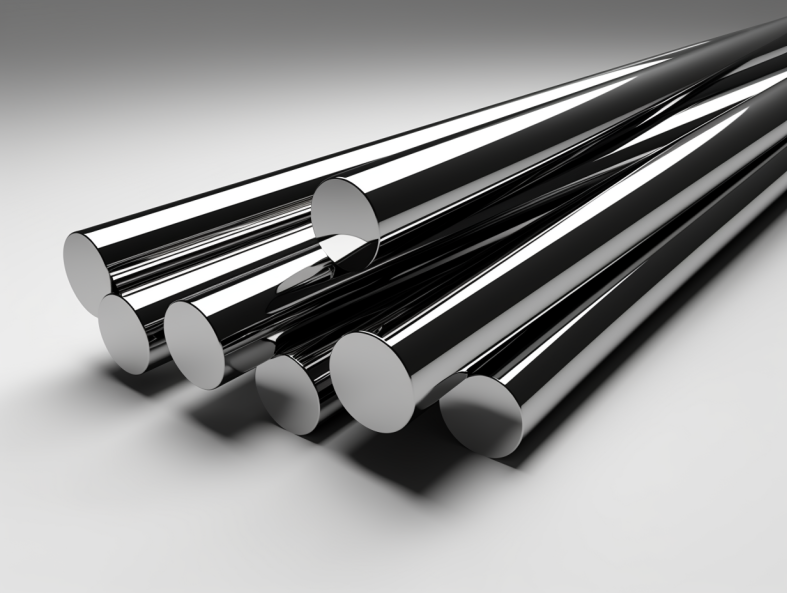
Advantages and Limitations of Carbide Plate Thickness
| メリット | 制限事項 |
|---|---|
| 高い硬度と耐摩耗性 | Expensive compared to other materials |
| 長寿命 | Difficult to machine without special tools |
| 多彩なアプリケーション | Heavier in thicker sizes |
| Excellent thermal stability | 特定の用途における柔軟性の制限 |
よくあるご質問
| 質問 | 回答 |
|---|---|
| What is the ideal thickness for cutting tools? | Typically 1.1-3.0 mm, depending on the application. |
| How do I select the best supplier? | Look for certifications, customer reviews, and customization options. |
| 超硬プレートはカスタマイズできますか? | Yes, most suppliers offer custom thicknesses, sizes, and shapes. |
| Are thicker plates always better? | Not necessarily; it depends on the application and performance needs. |
| 超硬プレートのメンテナンス方法は? | Clean regularly, avoid harsh chemicals, and ensure proper storage. |


